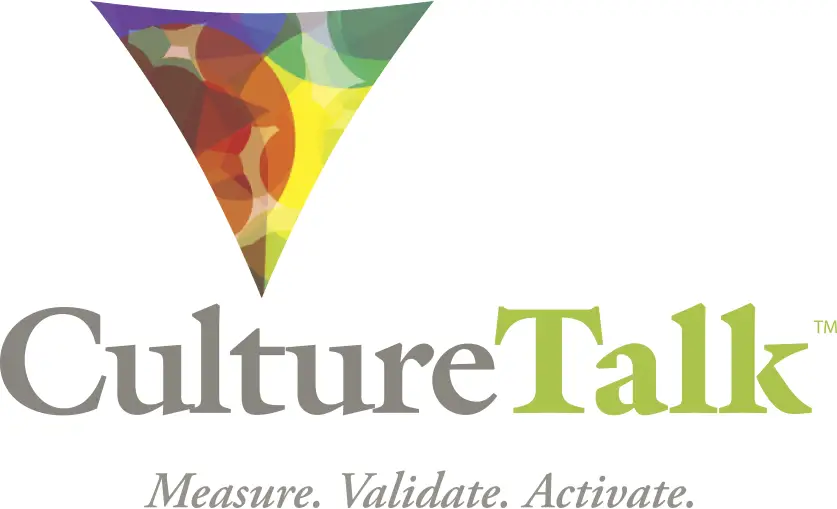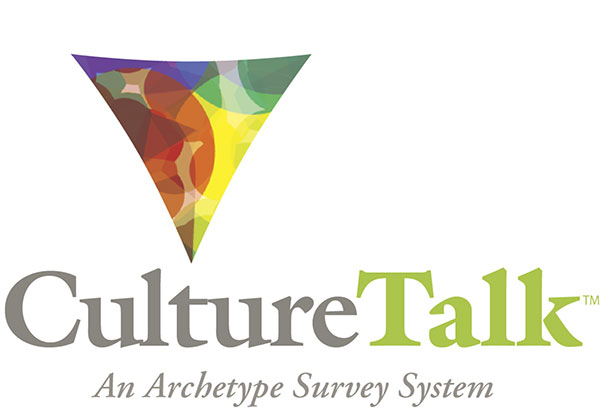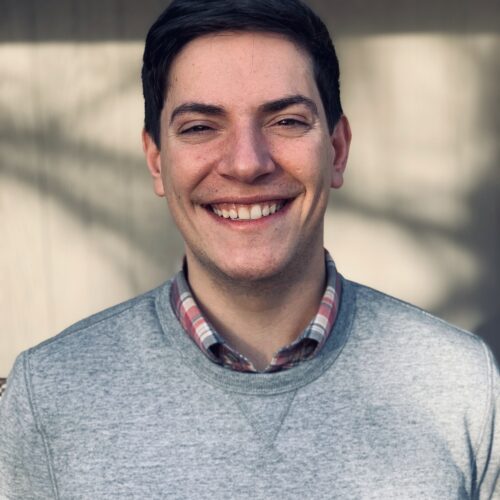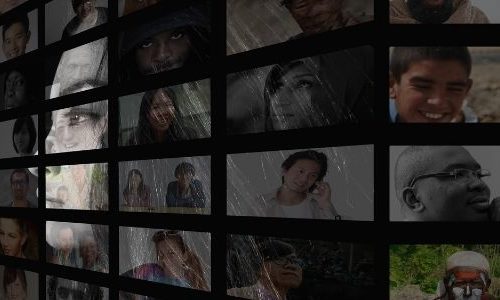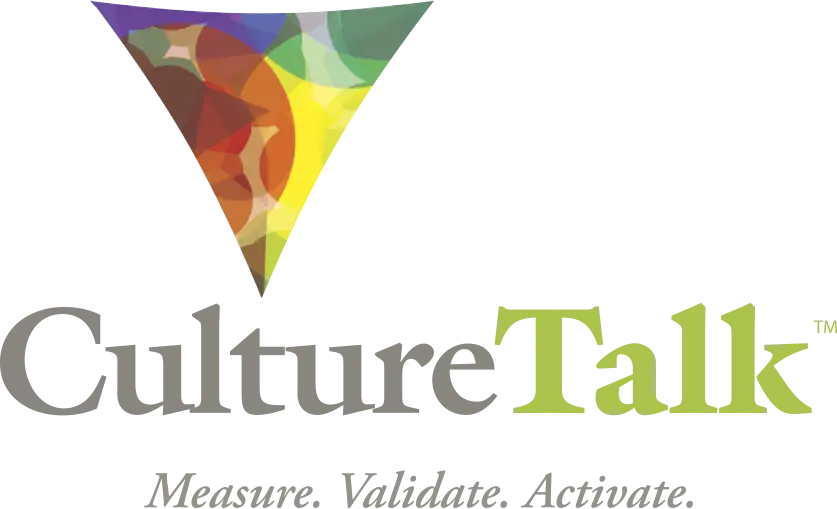
Culture: The Recruitment Asset You’re Leaving on the Table
Most companies “get” branding. They understand it or, at least, they’ve hired people who do. But, companies are more recently realizing the brand designed to resonate with their target audiences wasn’t designed to strike a chord with the millennials and Gen Zers they’re trying to recruit. Here’s why.
